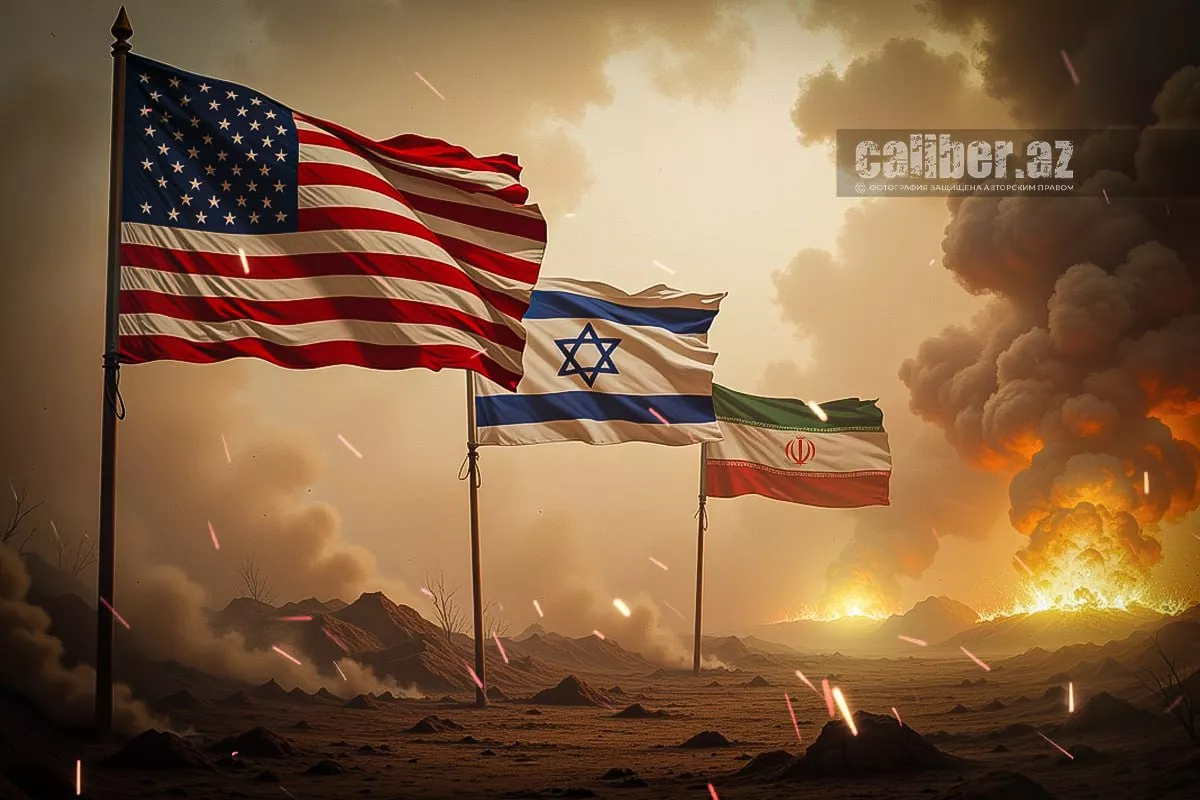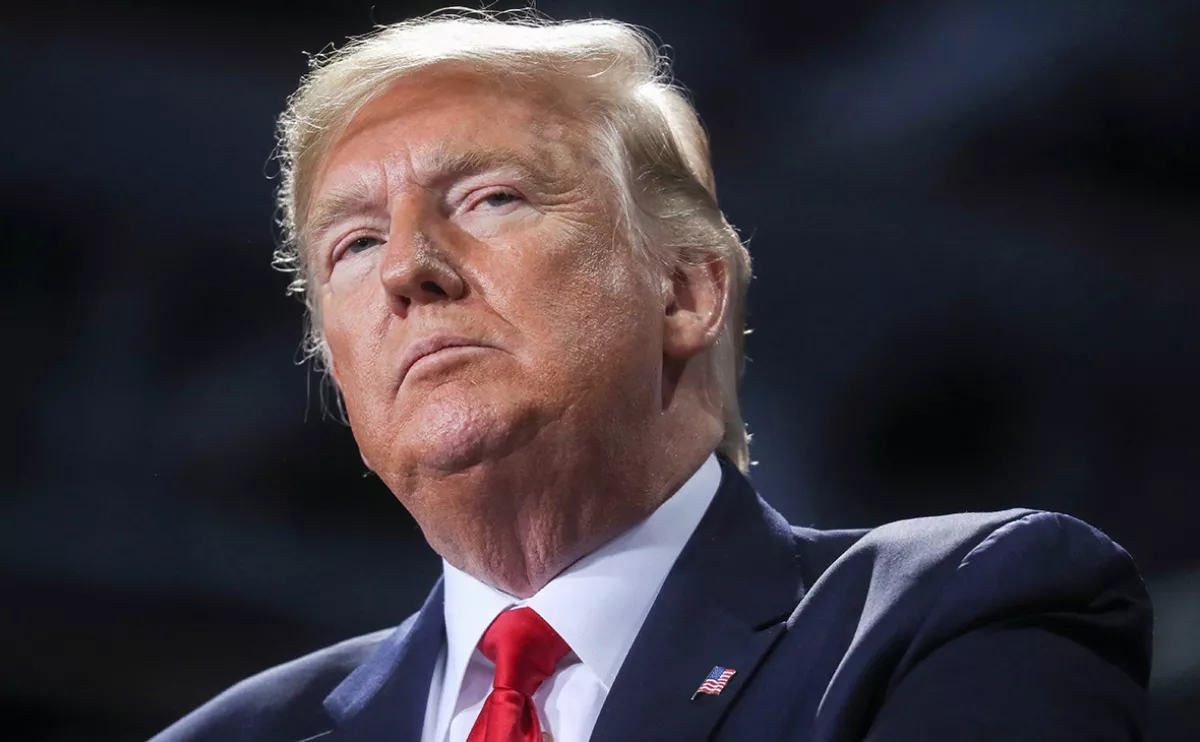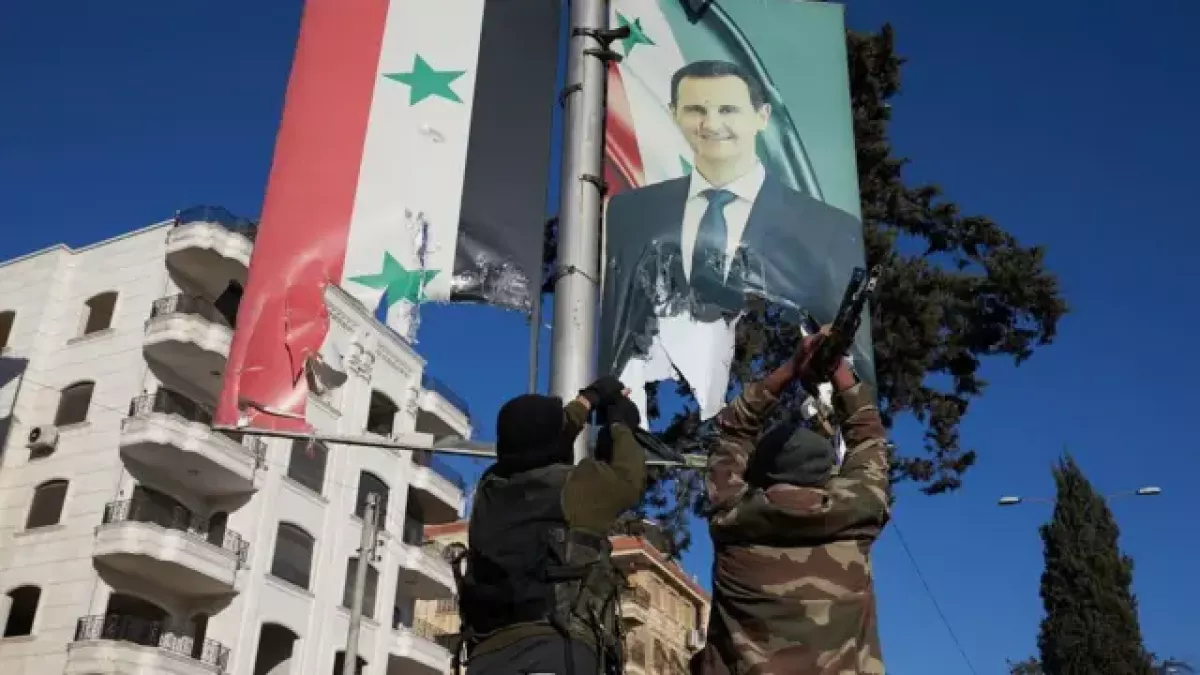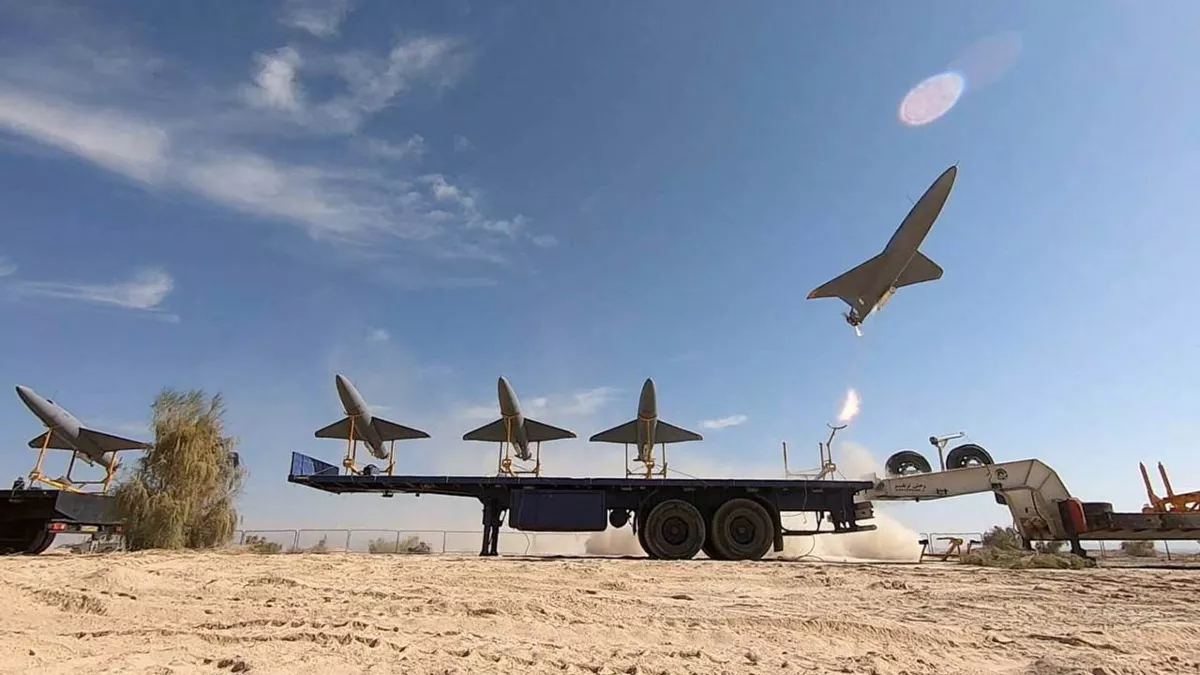US–Iran confrontation on Middle Eastern chessboard Airstrikes imminent?
The United States is deploying military aircraft to the Middle East, including aerial refuelling planes — a sign of preparations for new strikes by the allies, America and Israel, against Iran. At the very least, U.S. aviation will protect Israel from retaliatory missile and drone attacks. It is also possible that the U.S. will participate in joint strikes with Israel. Their main target will be the remnants of Iran’s nuclear programme — those parts that could not be eliminated during the previous round of conflict in June.

Israel is the only country in the world to which the Washington administration provides direct and immediate protection, and with which it is prepared to conduct joint military operations. No other state, including NATO allies, has been granted such a privilege. When Iran attacked Saudi Arabia in 2019, or when Israel bombed Qatar’s capital, Doha, on September 9, the U.S. did not come to the aid of these countries, despite their close partnership with Washington.
The preparations for new strikes are linked to two factors. The first is the deadlock in negotiations between Washington and Tehran over the nuclear deal. The U.S. demands that Iran completely abandon uranium enrichment — even at levels permitted for civilian use.
Uranium enriched to 2–5% is used in nuclear power plants worldwide; uranium enriched up to 20% is used in research and experimental reactors; uranium with a concentration above 20% is called highly enriched (weapons-grade), although making a warhead typically requires enrichment on the order of 90%. Before the U.S.–Israeli strikes during the 12-day war in June, Iran possessed about 440 kg of uranium enriched to 60% and an unknown quantity of uranium enriched above 80%. That was enough to produce roughly ten nuclear devices.
It is unknown how much highly enriched uranium Iran still holds today after the bombings. Some U.S. intelligence agencies believe Tehran still has the capacity to build several miniaturised nuclear devices.
So, the U.S. is demanding that Iran cease all enrichment and allow inspectors access to every Iranian nuclear site. That would mean not only abandoning any attempt to build nuclear weapons, but also becoming dependent on imports of enriched uranium — jeopardising Iran’s plans to develop civilian nuclear power. If Iran agrees, the Americans are prepared to lift some sanctions and permit oil exports — a step critically important for the economy. If Iran refuses, it faces strikes aimed at the final destruction of its nuclear programme — and possibly the elimination of the Islamic Republic’s leadership and regime.

But the U.S. is not the only party interested in resolving the issue of Iran’s nuclear weapons — Israel is as well. Moreover, President Donald Trump has little appetite for getting involved in wars and only participated in strikes against Iran during the final stage of the 12-day conflict, as Israel lacked the capability to destroy Iran’s enrichment facility deep within the Fordow mountains. Overall, the U.S. gave Israel a “green light” to bomb Iran’s nuclear and defence facilities, and Israel carried out roughly 90% of the operation.
The issue is not just about nuclear weapons. For Israel, the Islamic Republic of Iran is the main competitor for influence in the Middle East. Iran supports a network of influential groups — Hamas in Gaza and the West Bank, Hezbollah in Lebanon, the Popular Mobilization Forces in Iraq, and the Houthis in Yemen — aimed at expanding its influence in the region and countering Israeli and American presence.
Hamas’s attack on Israel on October 7, 2023, along with missile attacks on Israeli territory by the Houthis and Hezbollah, is part of Iran’s strategy, as are attacks on U.S. military bases in Iraq and Syria. Through these methods, Iran seeks to weaken and push out the American–Israeli presence from the region. Israel, in turn, regularly bombs Lebanon, Syria, and Yemen, while providing support to anti-Iranian forces in various countries across the region.
Moreover, Israel holds a monopoly on nuclear weapons in the region and seeks to preserve it — which gives it a significant advantage (estimates of its stockpile range from several dozen to around a hundred warheads; the country’s official position is: “we do not have nuclear weapons, but if necessary they will appear at any moment”). Tel Aviv is a U.S. ally, while Iran is a geopolitical adversary of Washington; what is permitted to friends is not tolerated from foes.
Israel pursues two objectives. The first, minimal programme, is the destruction of Iran’s nuclear programme and the maximal weakening of its rival through the assassination of leaders, the demolition of command centres, and strikes on its military and defence industry.
The second, maximalist objective, is the complete elimination of the regime. Iranian experts call this “the fragmentation of Iran.” Regular air strikes against military bases, headquarters, decision-making centres, and even civilian infrastructure could undermine the regime’s ability to govern the country.

This tactic proved effective in Syria, where years of Israeli strikes eventually weakened Bashar al-Assad’s regime to the point that it fell under opposition attacks in November–December 2024.
It may seem that such objectives are unrealistic, given that Iran does not have as strong a military opposition as Syria did. However, this is not entirely accurate. Armed opposition exists in Iran, primarily in Kurdish-populated areas and among the Baloch, though it is less powerful. The country is also regularly shaken by large-scale protests of various kinds: illegal and non-union strikes organised by secret worker groups with the support of labour assemblies. This creates conditions for factory takeovers and the emergence of elected workers’ councils, similar to those in 1978 during the uprising against the Shah — in other words, conditions for a social revolution.
Another front is protests by ethnic minorities: Azerbaijanis, Kurds, Baloch and others, who together make up a significant portion of Iran’s population. They are unhappy with the redistribution of budget funds in favour of Persian-speaking regions, the absence of their native languages in schools and the lack of meaningful local self-government. Against a backdrop of rising prices, uncontrolled inflation, falling household incomes, unpaid wages, destroyed infrastructure and interruptions to water and electricity, these grievances could erupt into a large-scale outbreak. Sooner or later that could happen. And if Israeli–American strikes in such a situation paralyse central authority and its ability to govern and defend the country, the regime could collapse.
In Israel there is serious talk of regime change in Iran, citing the Syrian example. It is especially important that during the 12‑day war Israel was able to significantly weaken Iran’s air defences and gain control of the country’s skies. Therefore Tel Aviv is trying to use this window of opportunity — to continue attacks and finish off the regime in Tehran. Even if complete success is not achieved, it would still be possible to weaken the rival as much as possible.

Iran’s retaliatory strikes on Israel using missiles and drones have so far been ineffective: Iranian missiles rarely penetrate the multilayered Israeli and U.S. air defence systems. The maximum impact achieved has been the damage of a single oil refinery, the destruction of a building of a scientific institute possibly linked to defence projects, and the deaths of around 30 civilians.
Israeli Prime Minister Benjamin Netanyahu’s approval ratings rose by several percentage points after the 12‑day war, further motivating him to pursue new strikes.
Tel Aviv had long been ready to launch an attack, but the Trump administration held back, hoping for concessions from Tehran on uranium enrichment. No such concessions were forthcoming. It is difficult to imagine Trump leaving Iran alone and abandoning the demand for zero enrichment: that would put him in a weak position and give Iran grounds to declare victory. Therefore, it is highly likely that in the coming weeks the U.S. will give Israel a “green light” for new strikes on Iran, and may even participate themselves.
About a year ago, veteran Israeli journalist Ben Caspit cited military opinions suggesting that the elimination of Iran’s extensive and widely dispersed nuclear programme would require the involvement of hundreds of combat aircraft and multiple waves of airstrikes. Caspit noted that this would not be a one-off lightning attack, but a prolonged, full-scale aerial campaign. It seems that this is precisely the kind of war we are likely to witness.








